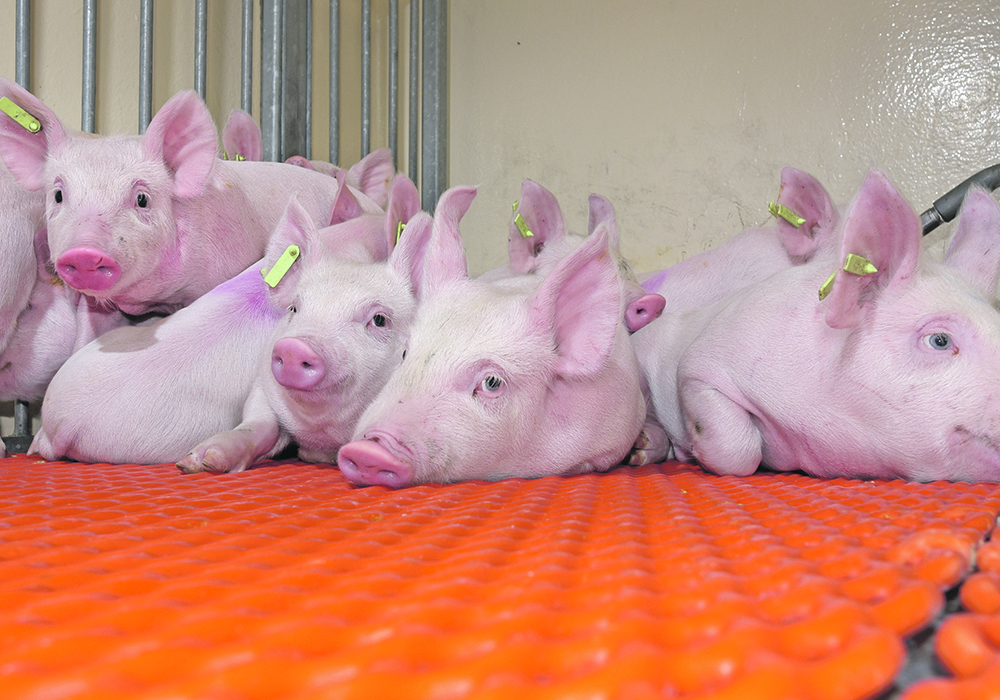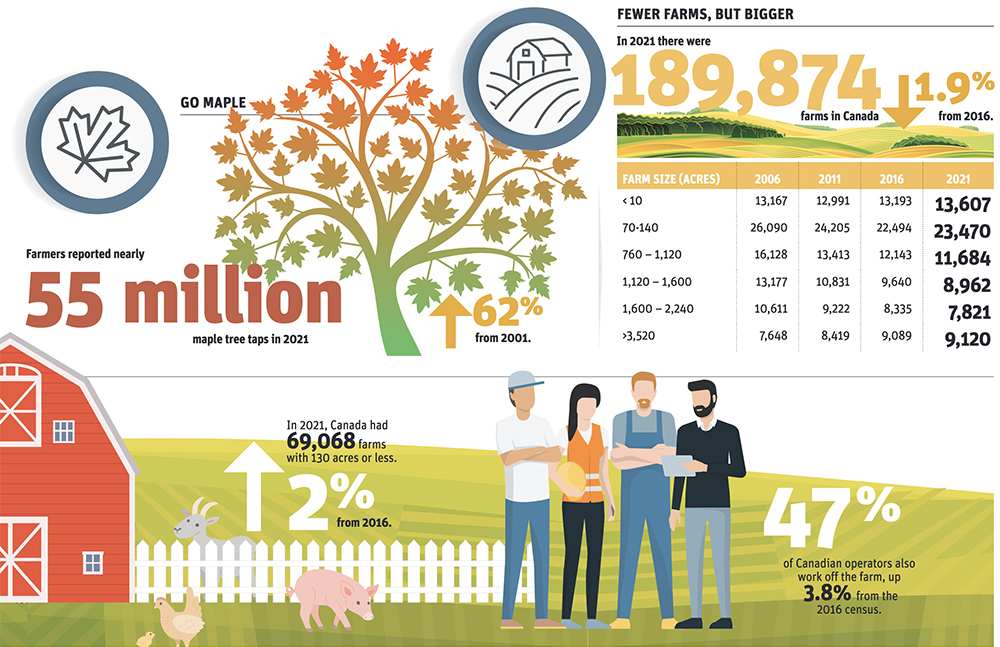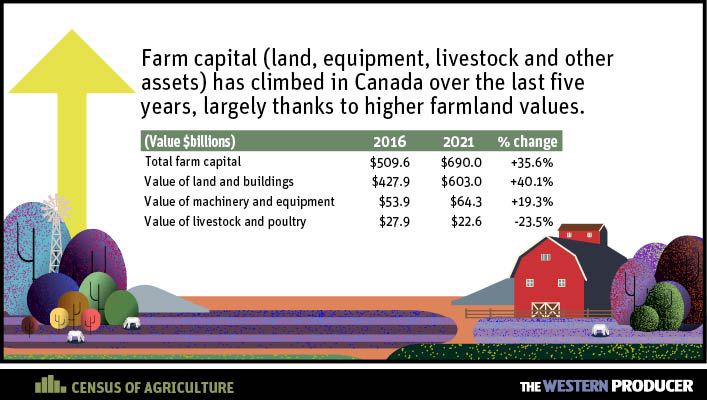Costs might be rising, but profit margins on the average Canadian farm were unchanged between 2010 and 2015, according to data from the 2016 Census of Agriculture.
Statistics Canada, which collects, analyzes and disseminates the census data, said Canadian farmers, on average, had an expense-to-receipt ratio of .83 in 2015, un-changed from 2010.
In other words, operating expenses ate up 83 cents out of every dollar earned by the average Canadian farm through sales.
“The expense-to-receipt ratio … is a good calculator of how changes in process and production affect both operating expenses and farm receipts, and consequently the profitability of farm operations,” Statistics Canada said in a census document entitled Farmers are adapting to new markets.
Read Also

Farming Smarter receives financial boost from Alberta government for potato research
Farming Smarter near Lethbridge got a boost to its research equipment, thanks to the Alberta government’s increase in funding for research associations.
“While varying by province and farm type, the national expense-to–receipt ratio remained un-changed (from 2010 – 2015) at 0.83.”
According to the report, grain and oilseed farms had the lowest expense-to-receipt ratio of any type of farm involved in crop production in 2015.
Expenses on grain and oilseed farms ate up 79 cents of every dollar earned in 2015, compared to 83 cents on the average vegetable farm, 84 cents for fruit and nut producers and 85 cents in greenhouse operations.
In the livestock sector, dairy producers had the healthiest profit margins with an average expense-to-receipt ratio of 77 cents, followed by poultry and egg producers at 84 cents, hog producers at 90 cents, beef producers and feedlots at 90 cents and sheep and goat producers at 96 cents.
The report also said:
- Total sales from all Canadian farms in 2015 totalled $69.4 billion. Of that amount, grain and oilseed producers accounted for 37.8 percent of sales, or $26.2 billion.
- Saskatchewan had the lowest farm expense-to-receipt ratio of any province in 2015 at 78 cents in expenses per dollar earned, followed by Manitoba at 81 cents and Alberta at 84 cents.
- Among specialty crop producers, dry pea and dry bean growers had the best profit ratio in 2015. On average, pea and bean producers had expenses of 71 cents on every dollar of sales.
- The total amount of lentils exported by Canada more than doubled between 2010 and 2015, largely due to poor growing conditions in India and strong export demand.
- The total value of capital owned or rented by Canadian farms in 2016 was estimated at $509.7 billion. That represented an in-crease of nearly 37 percent from 2011, driven mainly by rising values for land and buildings.
The report also found that supply-managed industries such as dairy, eggs and poultry production generally had lower expense ratios and higher profit margins than non-supply managed sectors, with an average expense-to-revenue ratio of 79 cents per dollar, compared to 84 cents per dollar for unregulated farm operations.
The size of farms also appears to have a direct bearing on its profitability. Canada’s smallest farm operators managed to lower their expense-to-receipt ratios between 2010 and 2015, but on average small farms with gross annual sales of $25,000 or less continued to spend more on production than they earned.
Farms with gross sales of less than $10,000 per year spent nearly $2.09 for every dollar earned in sales in 2015, down from $2.99 in 2010.
By comparison, farms with gross annual receipts between $10,000 and $25,000 had an average expense-to-receipt ratio of $1.20 in 2015, down from $1.45 in 2010.
And farms with gross annual sales of $25,000 to $50,000 had a expense-to-receipt ratio of 95 cents in 2015, down from $1.07 in 2010.
Canada’s most profitable farms were those with gross annual receipts of $250,000 to $1 million, the report stated.
The expense-to-receipt ratio for farms in that income category were listed at 79 cents in expenses for every dollar in receipts.
Craig Klemmer, agricultural economist at Farm Credit Canada, said new technology and bigger machinery means that farms in Western Canada are becoming larger and more profitable.
“Equipment is becoming more efficient and it’s covering more acres so typically this means that there are fewer people required to cover the same amount of land base,” Klemmer said in an interview. “Farm revenues seem to be matching fairly closely with the operating environment that we have ….”

















